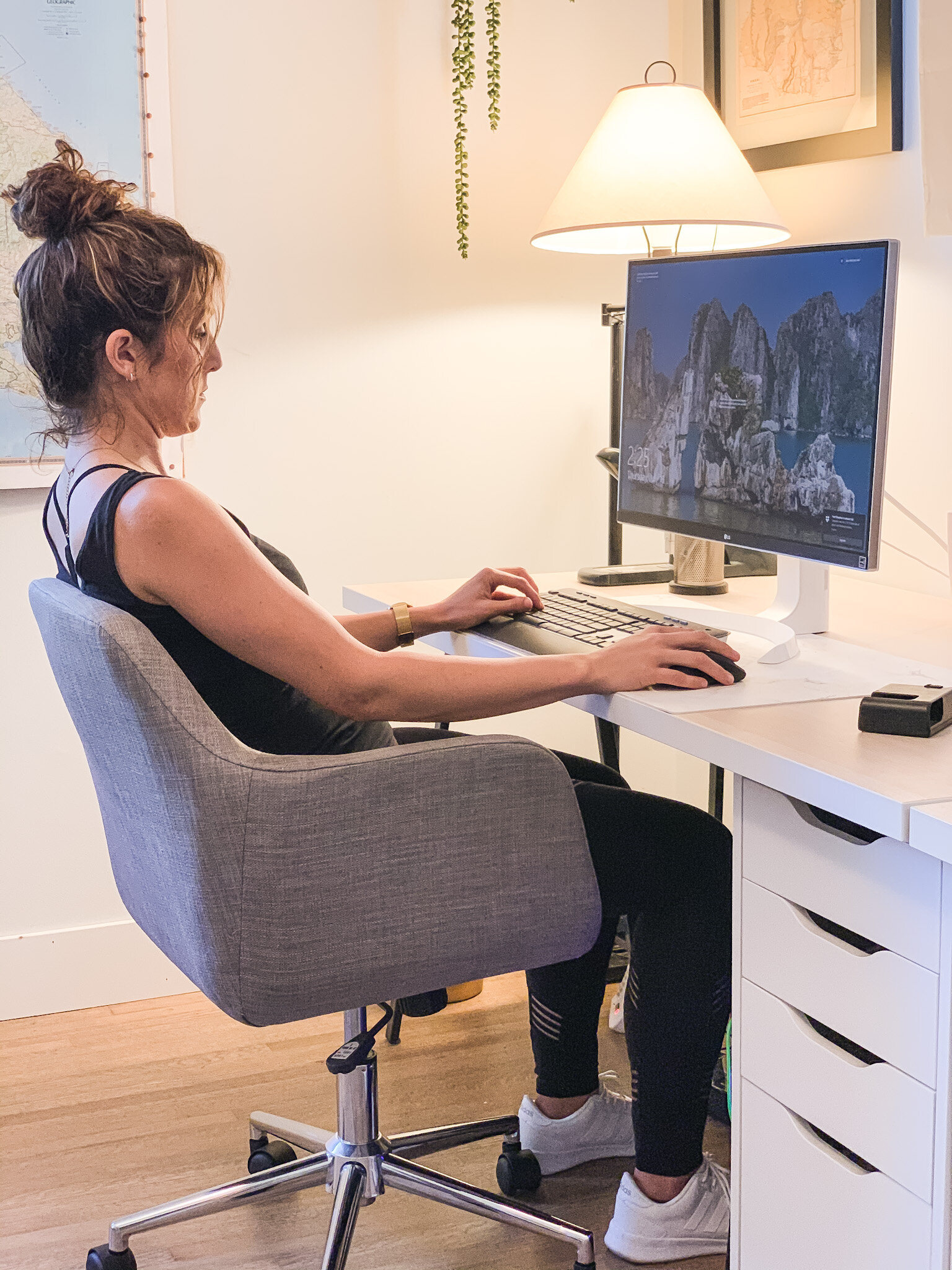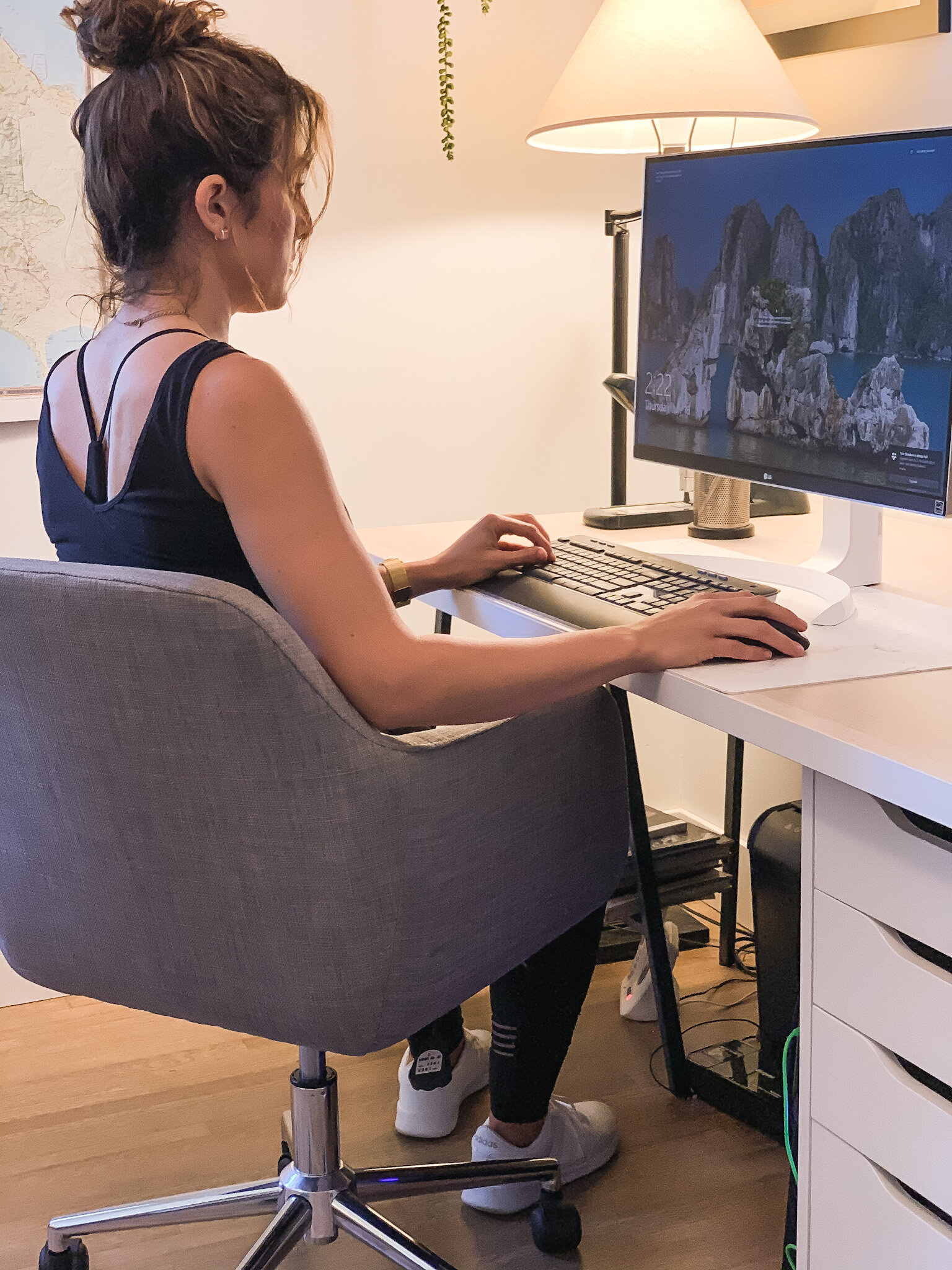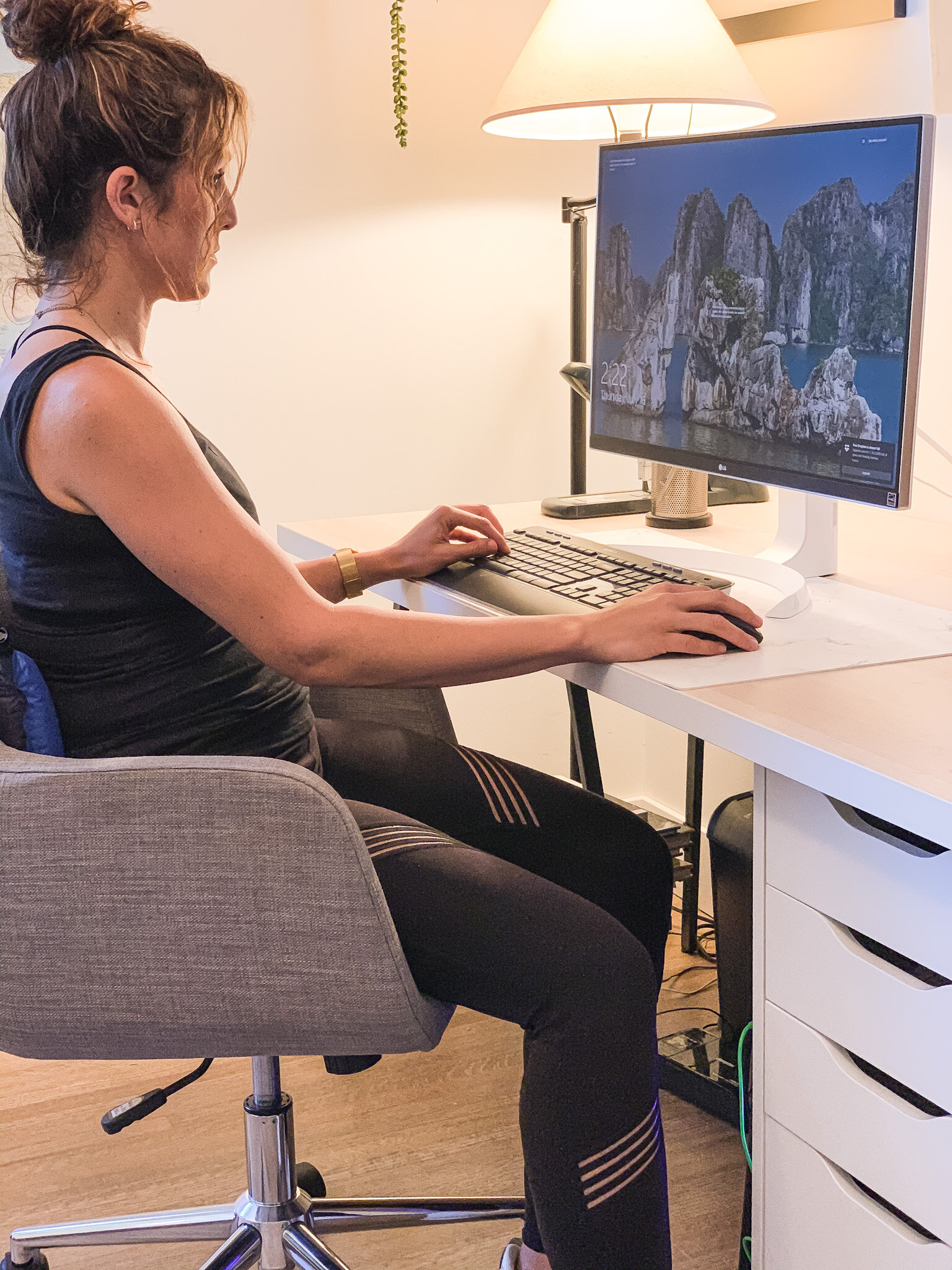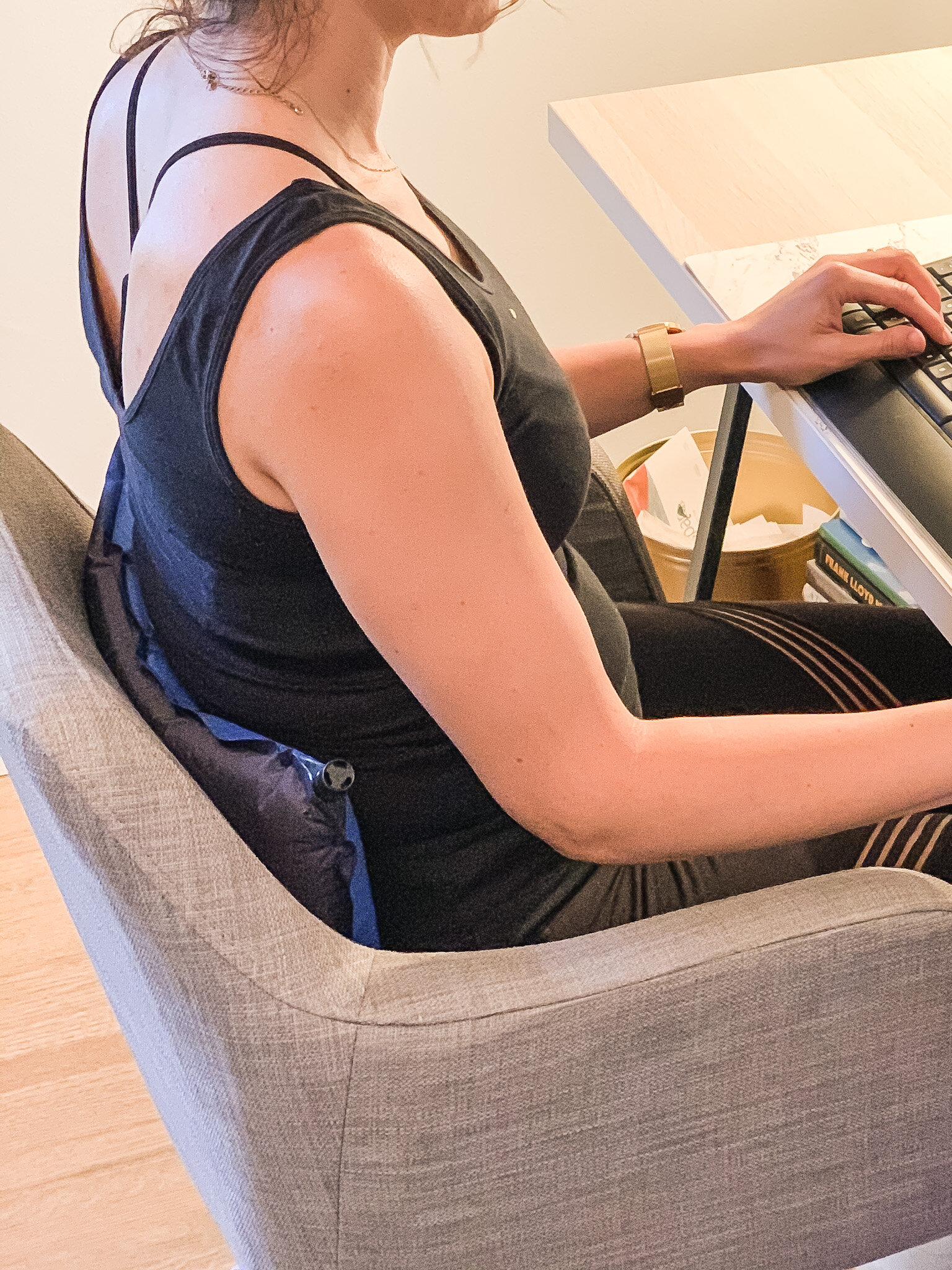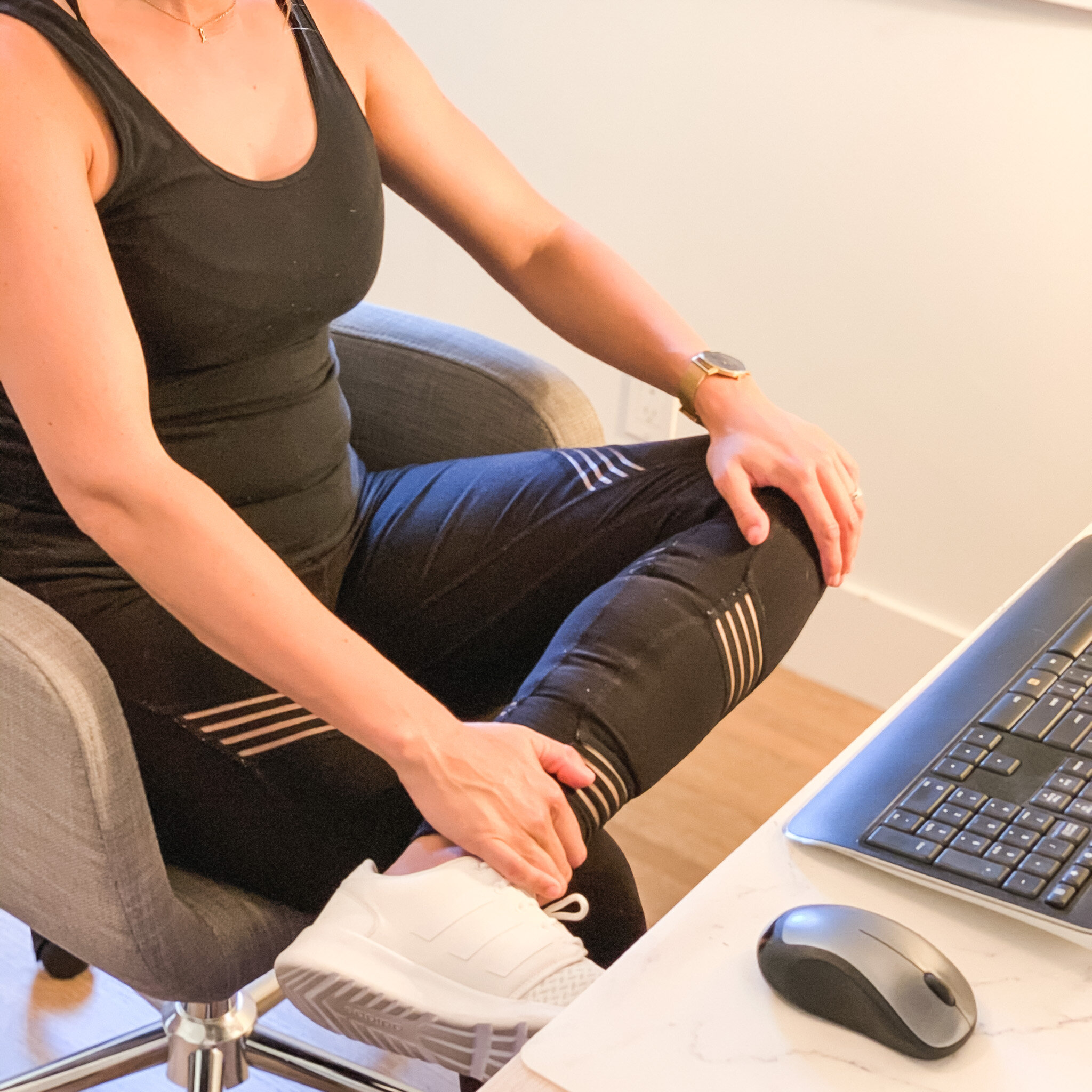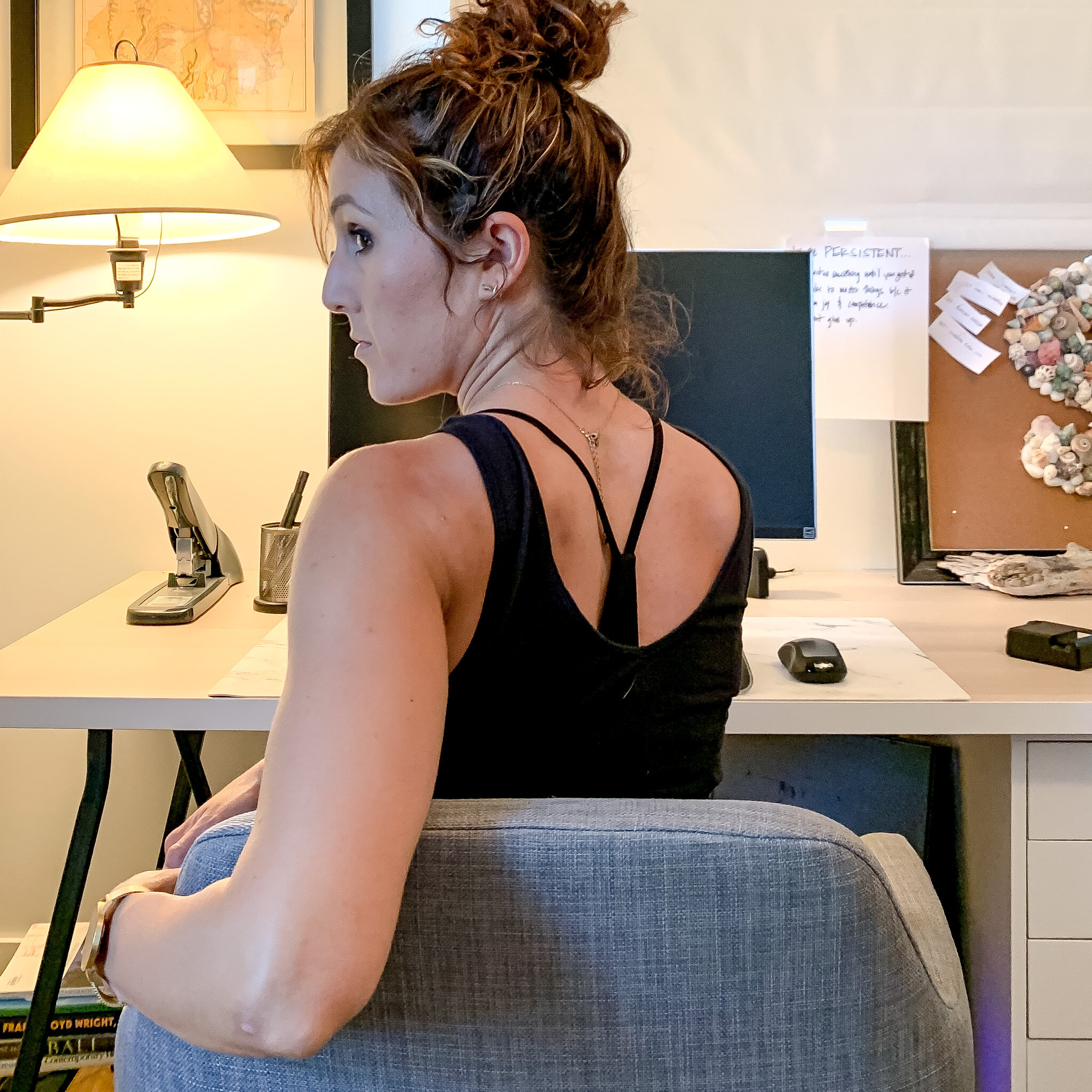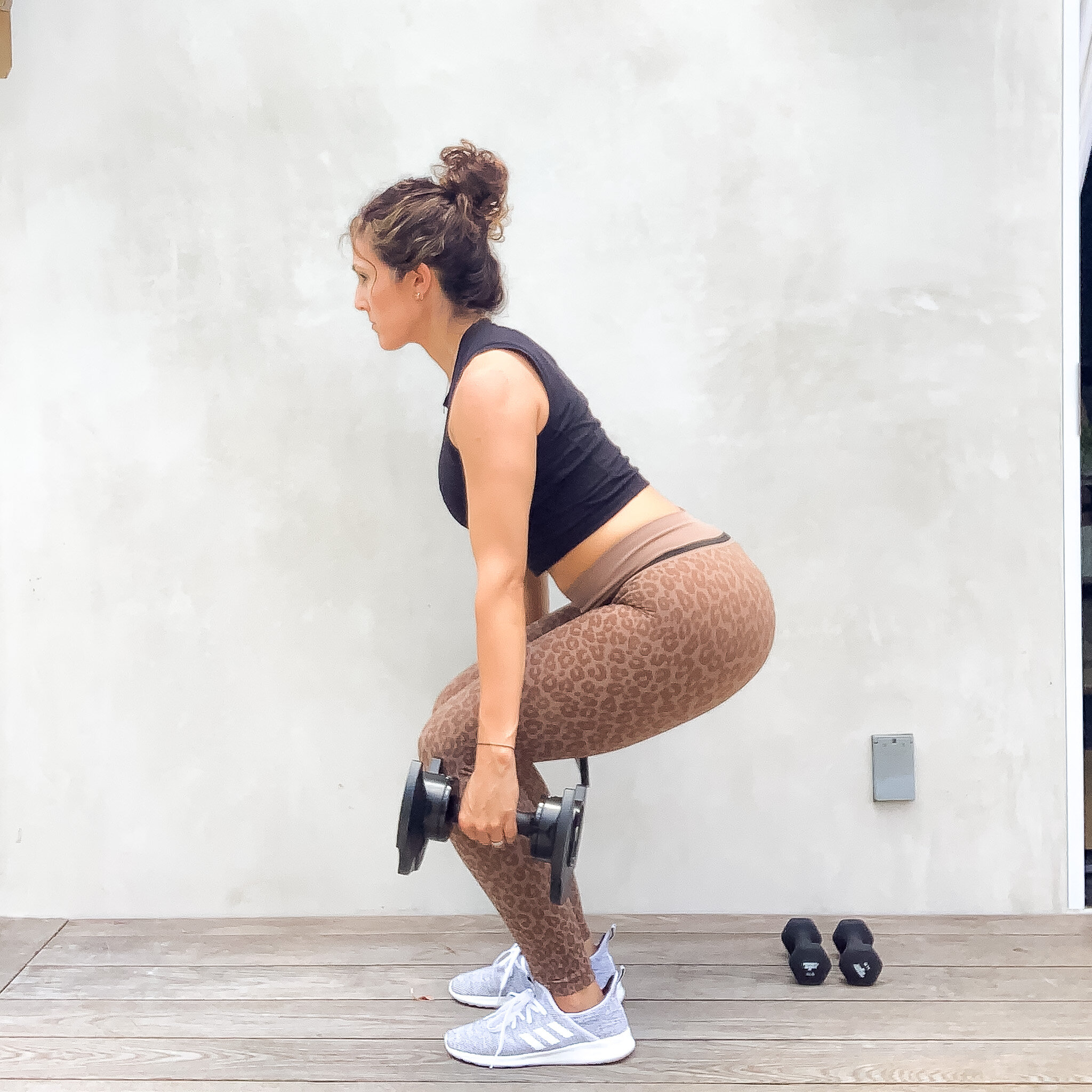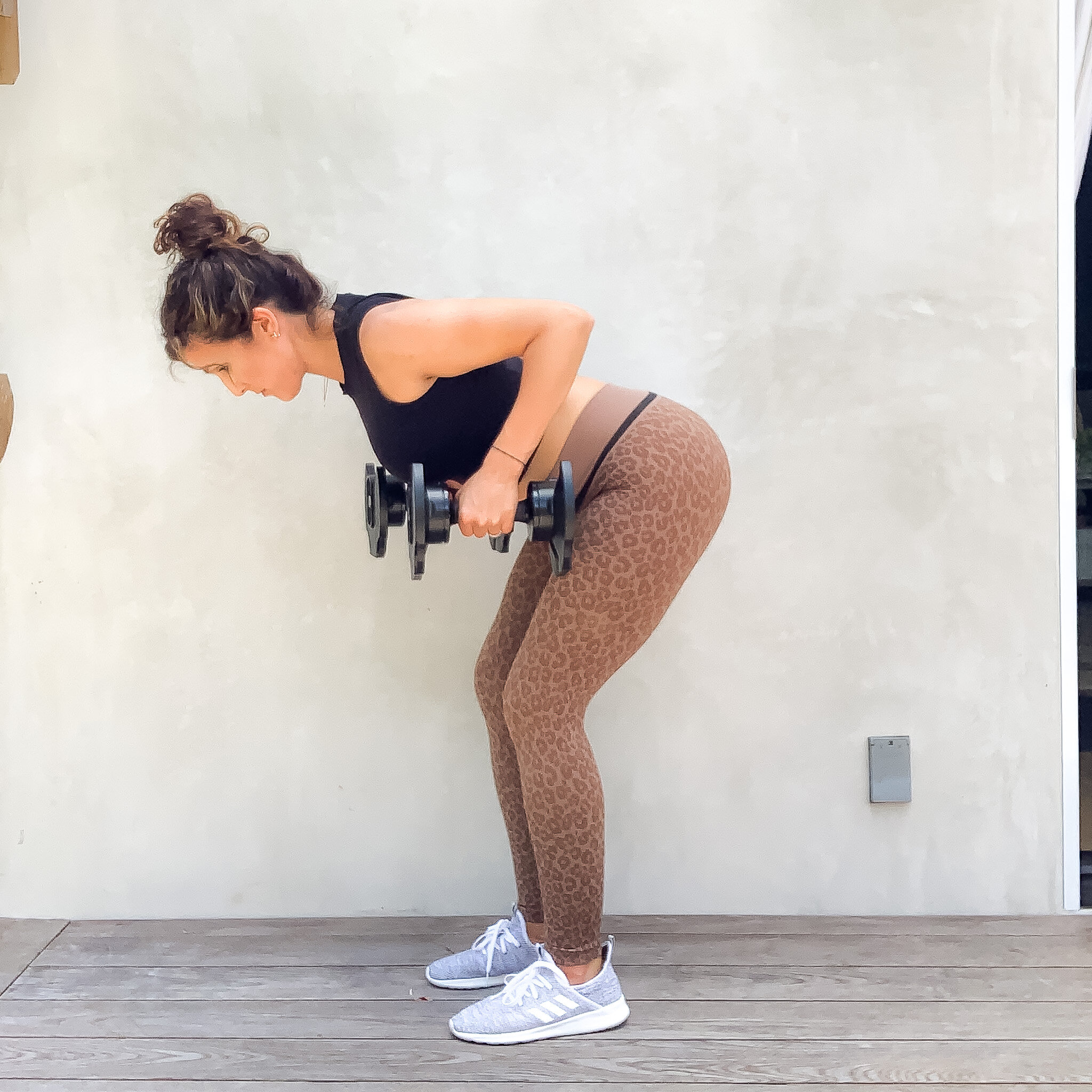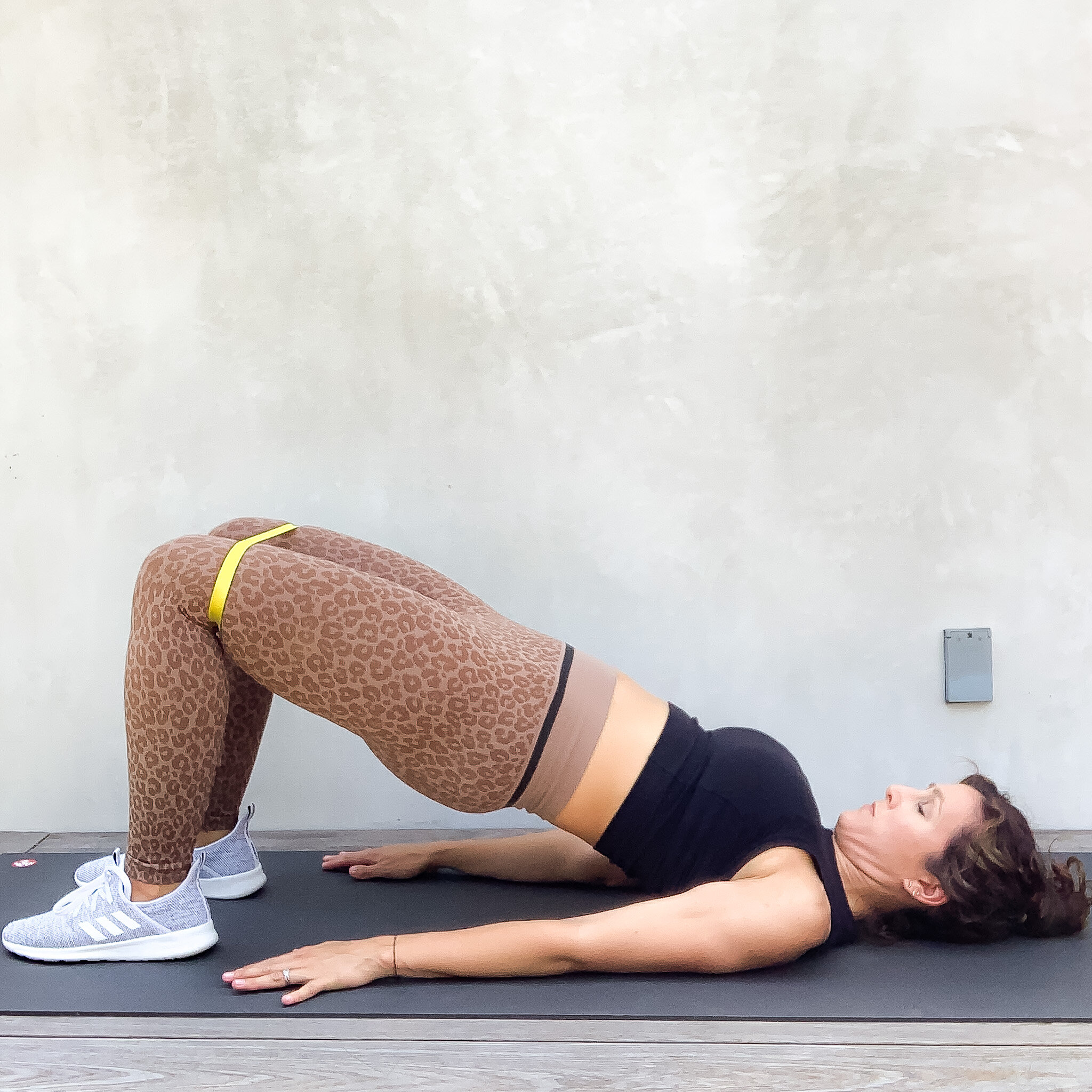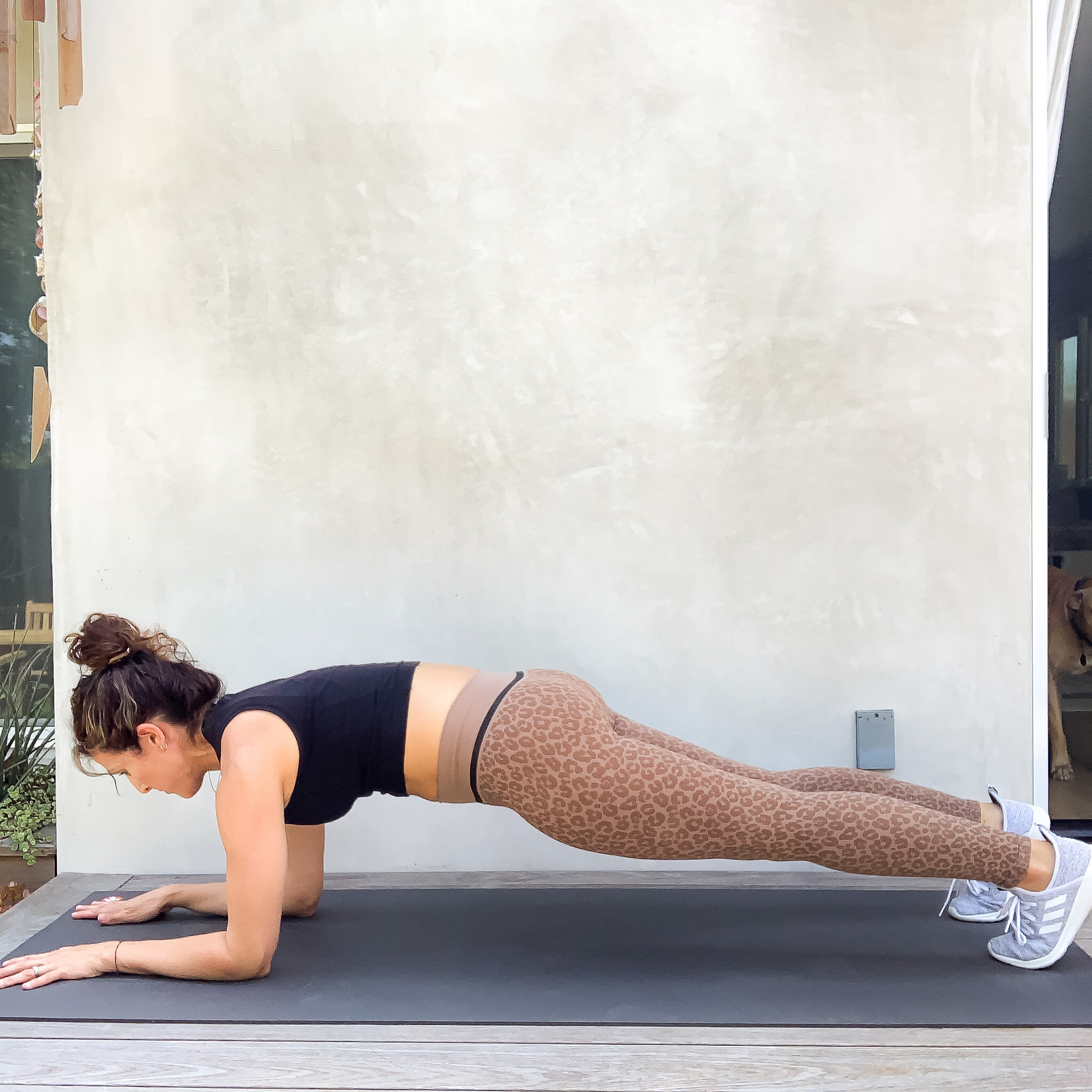Is There Really Such Thing as “Bad Posture?”
I’ll be honest, my opinion of posture has changed a good bit since the onset of my professional career. In school you learn what is to be considered “right” or “normal,” so you run with that in your practice. Most of the time, it works! Until it doesn’t.
Failing my clients has always challenged me to learn more, do better. To be frank, though, I question what works just as much. If I don’t understand the “why” I cannot effectively modify a tool to meet each client’s unique needs. So whether a treatment approach is a failure or a success, I must understand the reasons for that outcome.
Coming back to posture. Let me define it for you since it’s a term that can be use in a variety of contexts. Here I am referring to the most common definition of the term: how we stand and sit. A quick google search will give you many blogs, photos, and articles with opinions on how you should stand or sit properly. The information is endless. Most of it is relatively good insight. However, in light of the complexities of the human body and human psychology, most of the info is shallow and incomplete.
First, let’s talk about what is good about all the posture advice. Most guidance is generally under the premise of keeping joints in mid-range positions. This means not having them fully extended or fully bent, nor having them rotated dramatically in one direction. This allows the joint to be in an “open” position which tends to maintain good circulation and relative comfort. I certainly endorse this approach. It’s based on sound biomechanical logic. However, it can be challenging to maintain. Sometimes it’s hard to feel when you are in the “right” position. Furthermore, our muscles have to work to maintain the position, so it can get tiring. Both of these things can be overcome with training, which is a common approach in physical therapy. One that I still use when appropriate.
So it sounds like I am totally on board with the current approaches, right? Sort of. IT DEPENDS. Allow me to explain…
The bigger questions I began to ask myself years ago is this:
Is it necessary for all of us to adopt this “ideal” posture?
Is there really such things as an ideal?
It’s true that human bodies are pretty similar but there are certainly notable differences. I’ve learned how to identify these differences in order to adapt a treatment plan to a particular client. So if I have learned that strategy to be effective, how can I claim that there is an ideal standing and sitting posture?
The more I dove into studying and the more experience I got under my belt, the more my thinking began to shift. No two bodies are exactly the same. They are constantly changing and adapting to the demands (or lack of demands) put on them.
The conclusion I came to is this: There is no such thing as an inherently bad posture or position.
The specific posture itself is not the most critical factor to contemplate. Instead, these are the things to consider:
-how many times/day is that posture used?
-how long are you in that posture when you use it? How much time in total each day?
-can you get out of that posture easily?
-do you have many different postures to choose from?
-do you have the body control to modify the position effectively to diversify your “posture menu”?
-do you have the muscular control and endurance to sustain the postures you need for the demands of your life?
So, YES, what I am saying is that slouching is NOT bad! Sitting with a rounded back is not necessarily bad. It becomes “bad” when your back is always in that position and you cannot effectively change it or support it muscularly.
This is why desk jobs can wreak so much havoc. In order to keep the body happy, a desk worker must get creative and plan.
If you are “stuck” in a slouched posture all the time, THAT is when it can become a problem. If you can only bend at your back but do not know how to bend at your hips when repetitively lifting something heavy, that can become a problem. The demands need to be changed up. Especially with activities that are inherently repetitive, which can be true for may occupations.
The reality is, the human body is capable of adapting to some pretty unusual postures. Take yoga for example. The key is exposing the body to a posture in doses that it can tolerate (not exceeding its threshold) and having many variations in your back pocket to choose from. its capacity for that demand.
With that said, here are some general guidelines:
Change positions every 5-10 minutes. It doesn’t have to be a dramatic change, just enough to shift the demands.
Diversify your postural menu. Here are some ideas:
Have props nearby so you are ready to change things up with ease. Consider investing in an adjustable standing desk so you can alternate between sitting and standing.
Have mobility breaks – 60-90 second bouts of moving around and stretching gently.
Do different modes of exercises to improve your body awareness and postural capabilities.
Get strong! A stronger body is a more resilient body. A more resilient body is going to be less vulnerable to strains, loads, and unexpected demands. Training postural muscles for strength and endurance is worth your investment.
So the takeaway is this: don’t get hung up on the idea that you have “bad” posture! Learn different postures and change it up!

